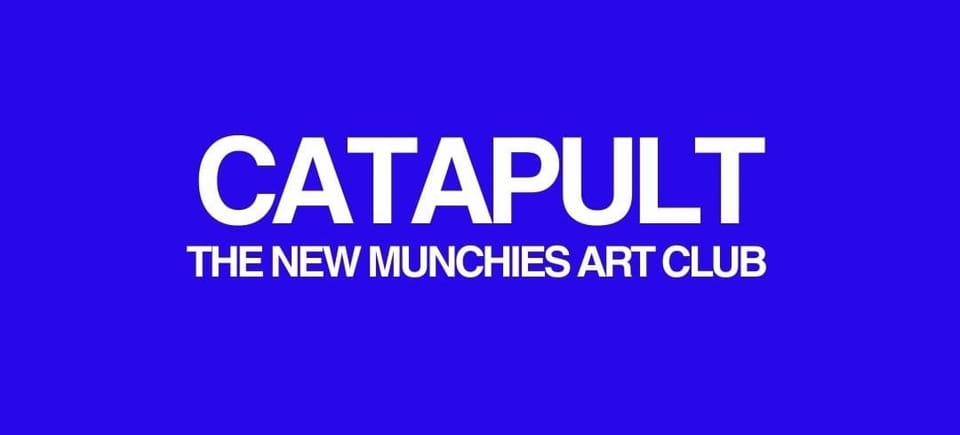ROBIN KID — Searching for America: A Journey through Iconography and Disillusionment
Robin Kid’s Searching for America at Templon Gallery delves into the contradictions of American culture, blending nostalgia with sharp critiques of consumerism, patriotism, and media.

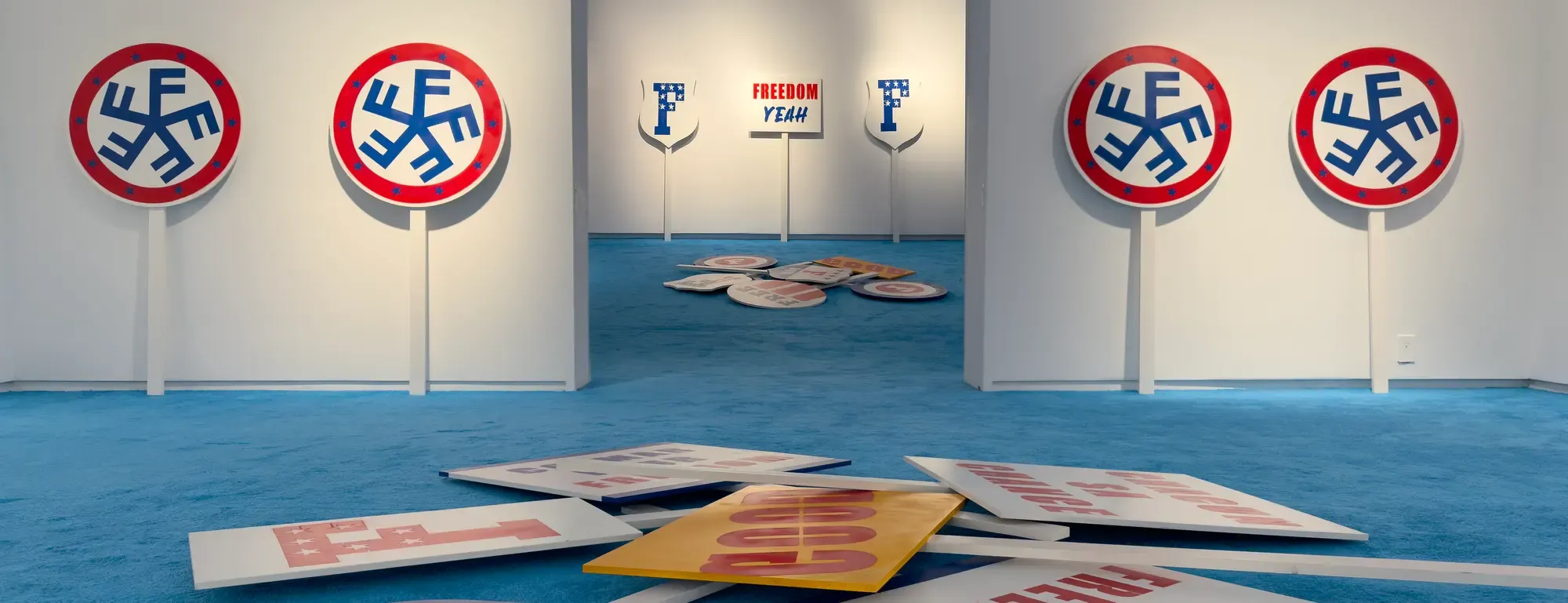
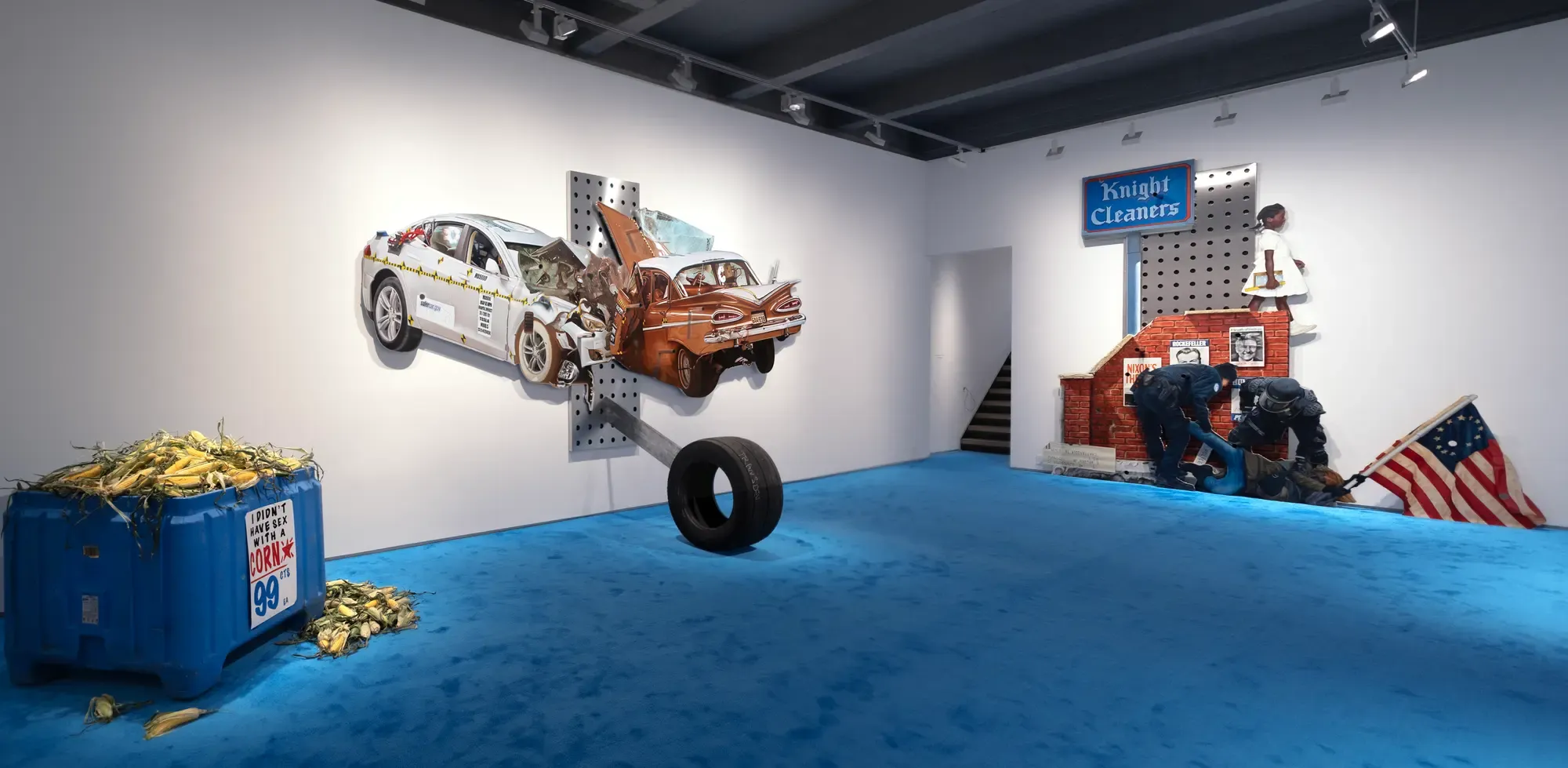
ROBIN KID with a spectacular must-see show at TEMPLON New York
Robin Kid’s Searching for America, on view at Templon Gallery, New York (September 4 to October 26, 2024), is a vivid, thought-provoking exploration of American culture.
Dissecting America Through a European Lens
Robin Kid aka the kid, a self-taught artist from a small Dutch town, uses his works to unravel the cultural icons and symbols that shaped his childhood.
Immersed in American television, advertisements, and consumer goods, Kid’s early fascination with the U.S. has evolved into a sharp critique of its contradictions.
His art—hybrids of painting and sculpture—examines America’s complex identity through vibrant, oversized assemblages that evoke both playfulness and critique.
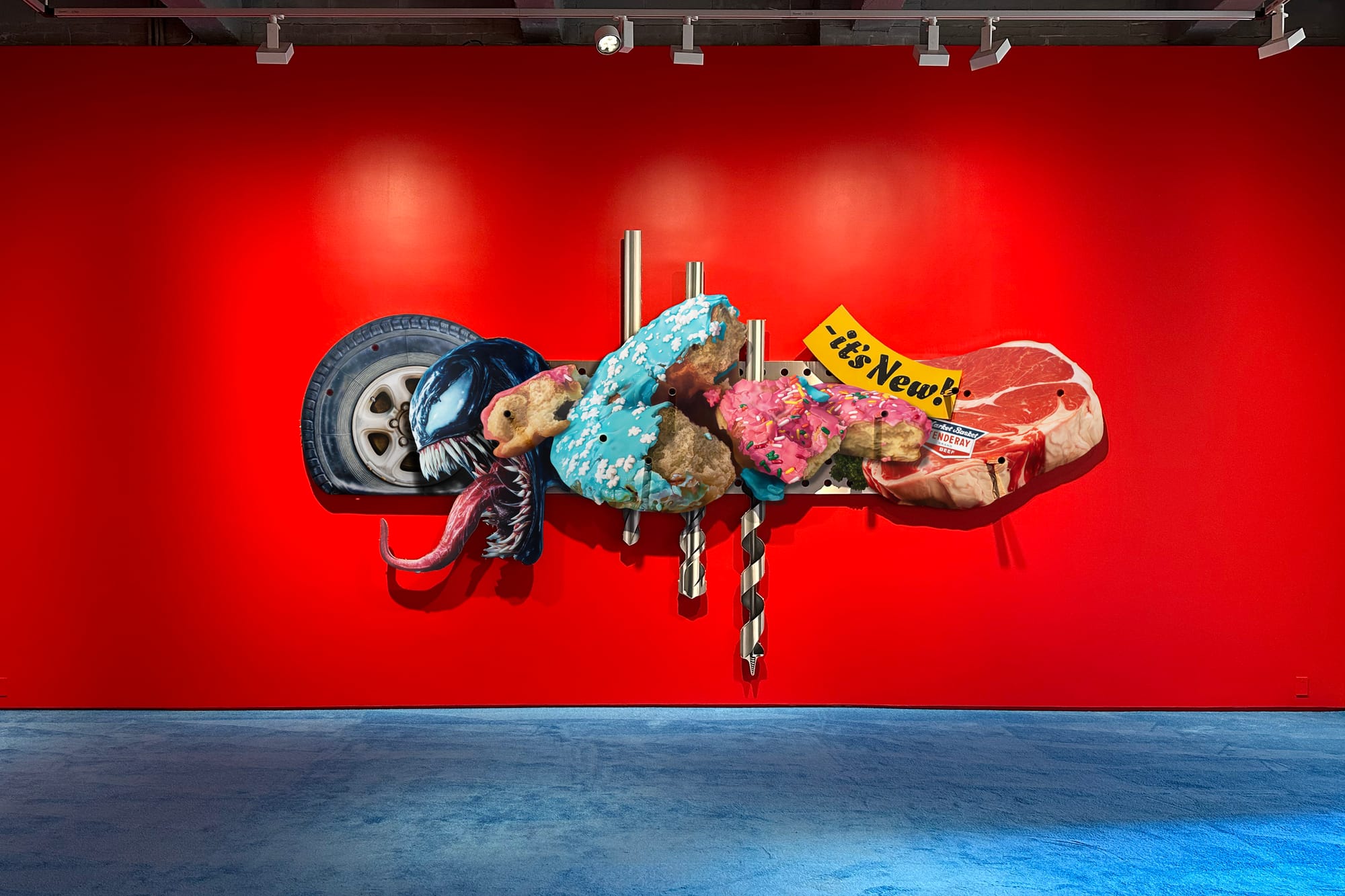
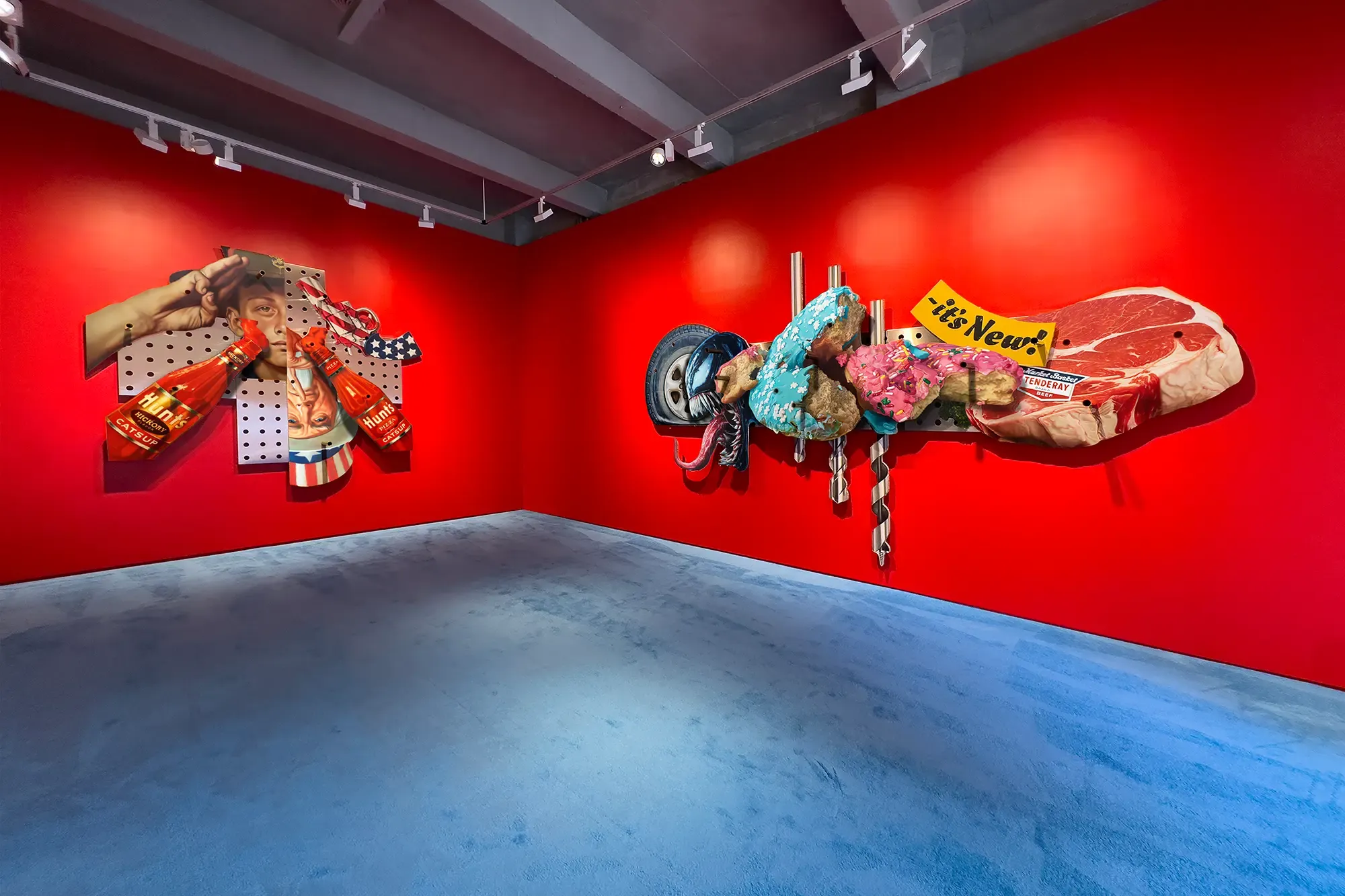
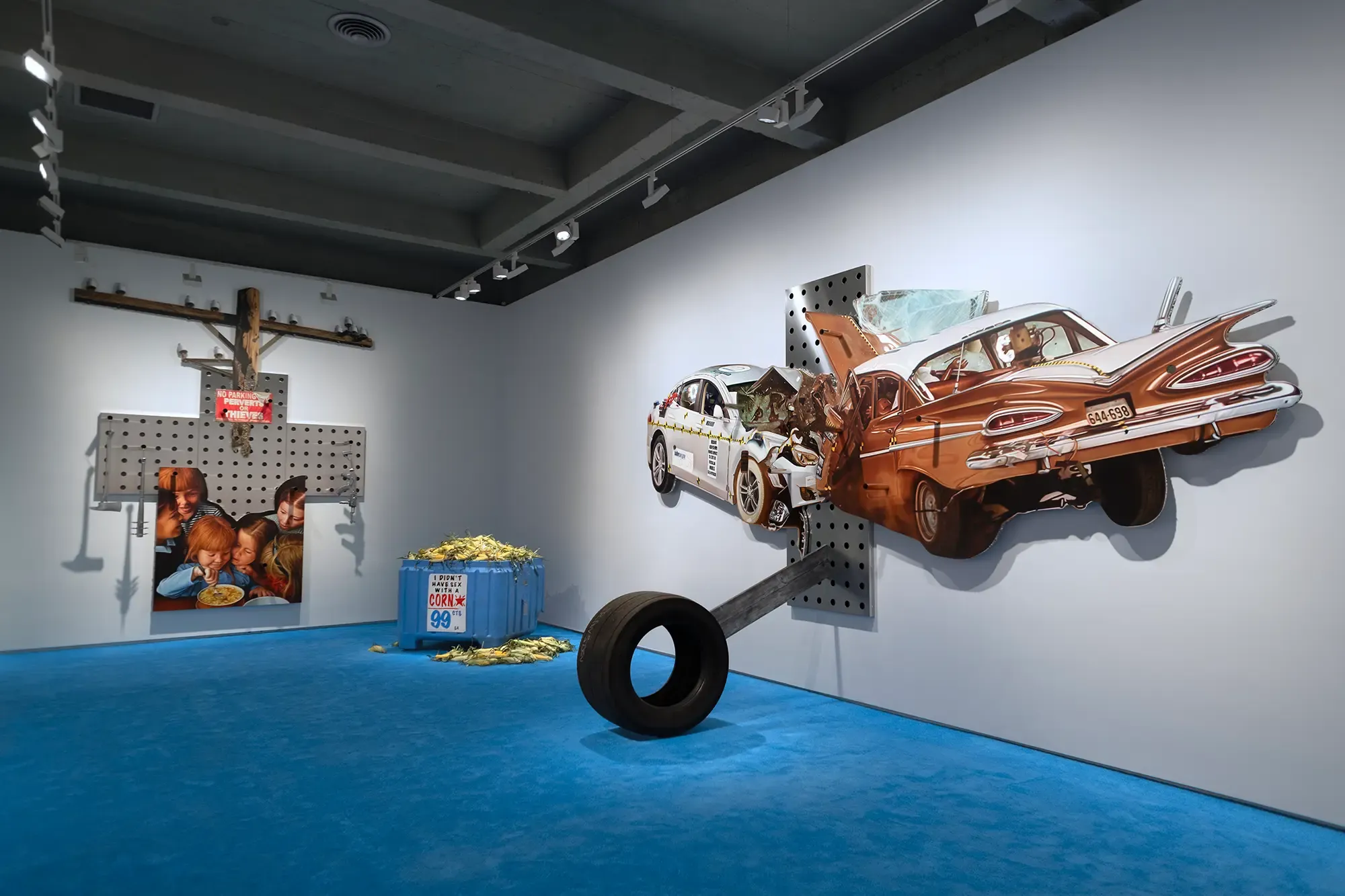
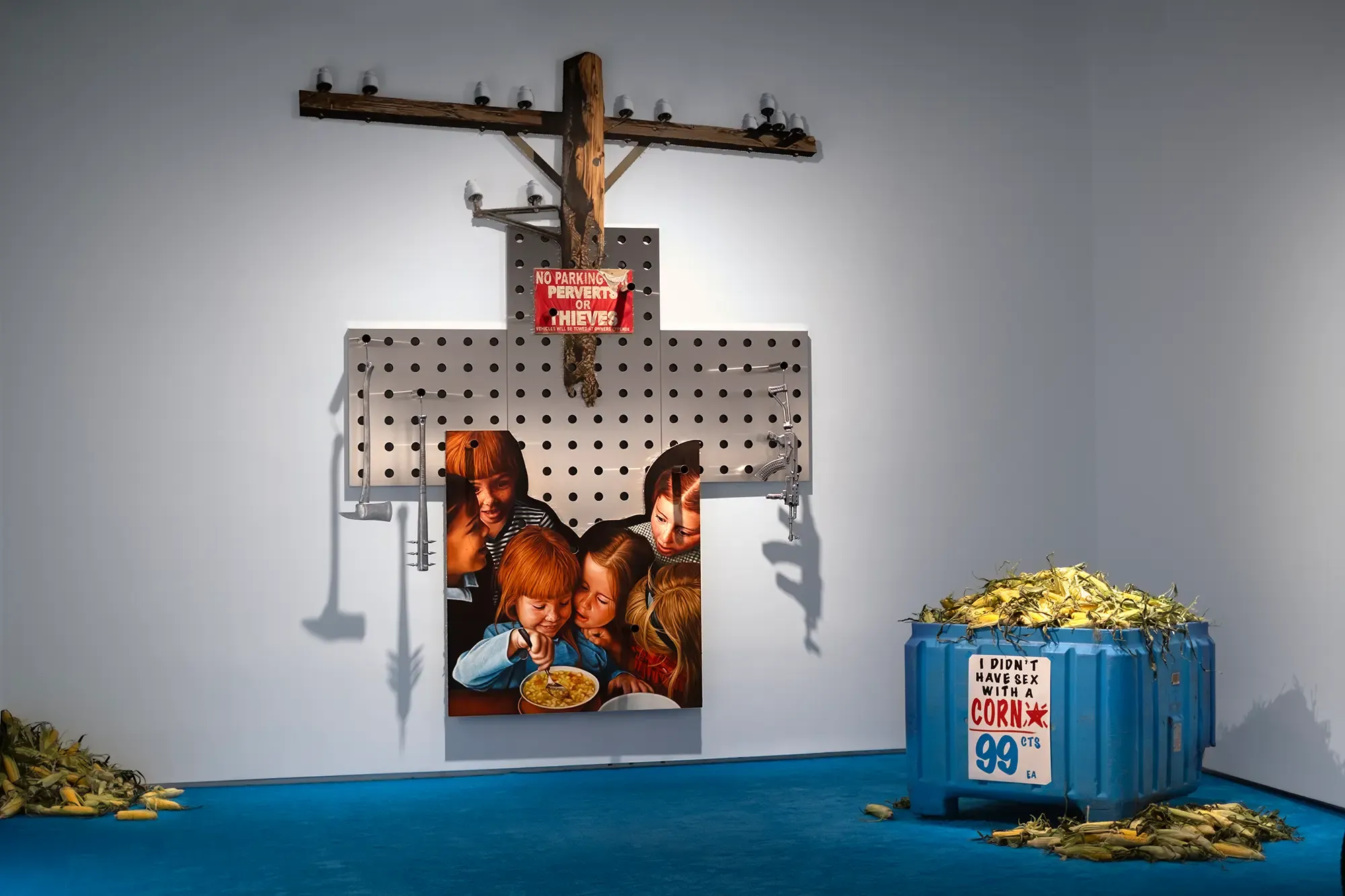
Kid’s use of oil on canvas, combined with stainless steel and aluminum, creates striking pieces that occupy space like commercial billboards, demanding attention.

Currently on view -> Templon Gallery Paris
Yet, these works are more than eye-catching; they are densely layered commentaries on consumerism, militarism, and the myth of the American Dream.
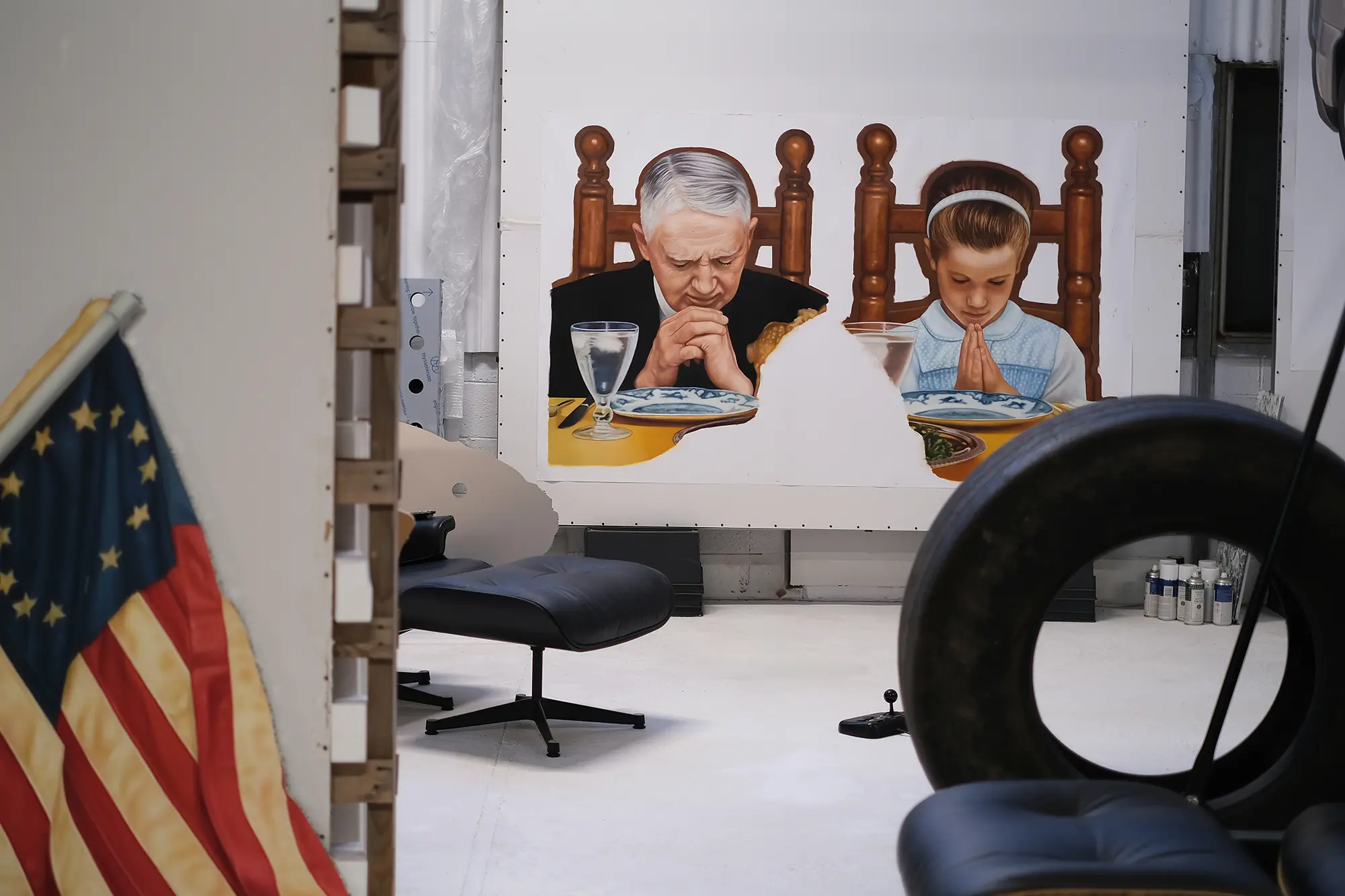
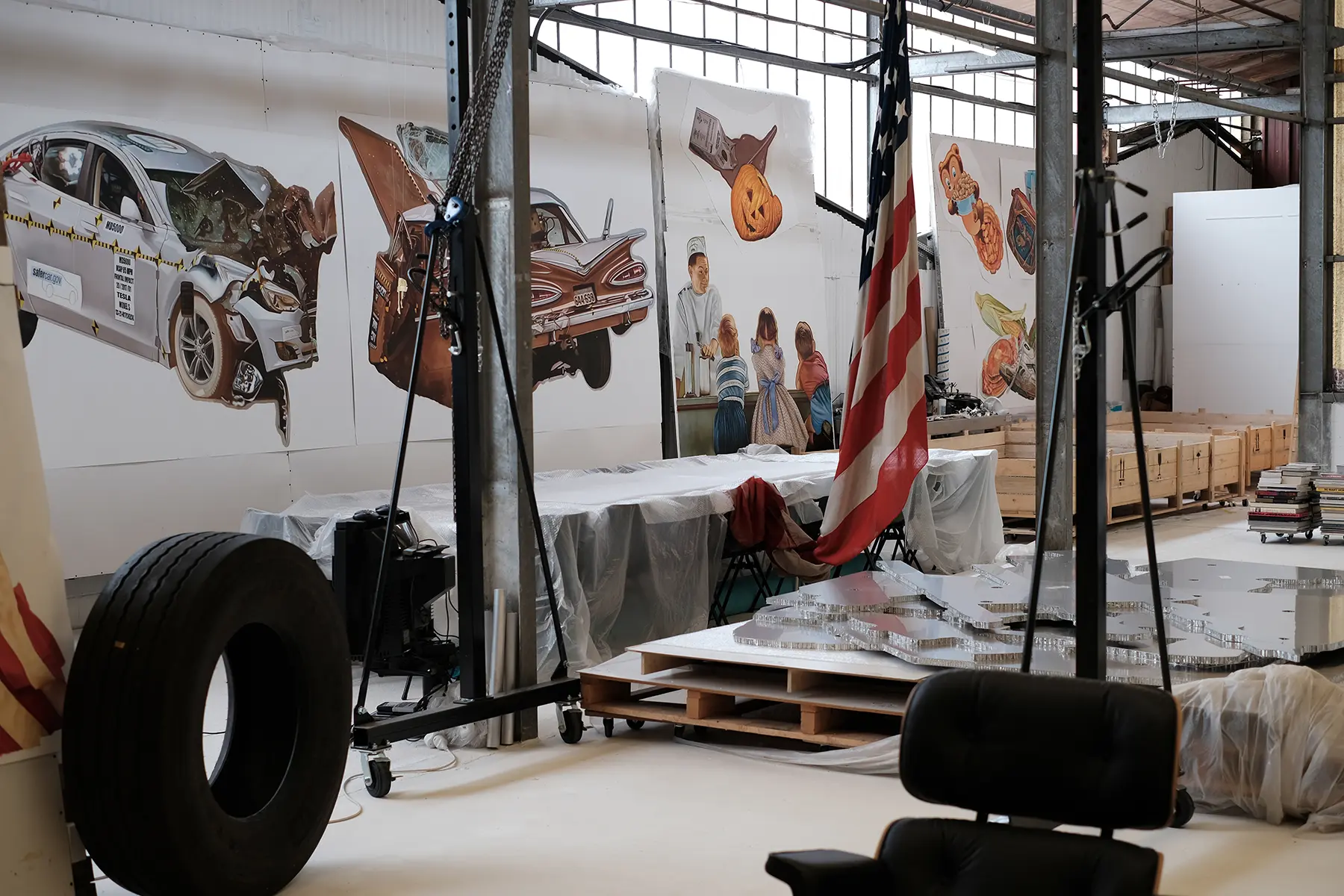
Robin Kid’s works don’t merely reflect on nostalgia; they deconstruct it, laying bare the contradictions of American culture.
By blending pop culture with critical commentary, Kid engages in a dialogue with artists like Robert Rauschenberg and James Rosenquist while offering his own distinct, European perspective.
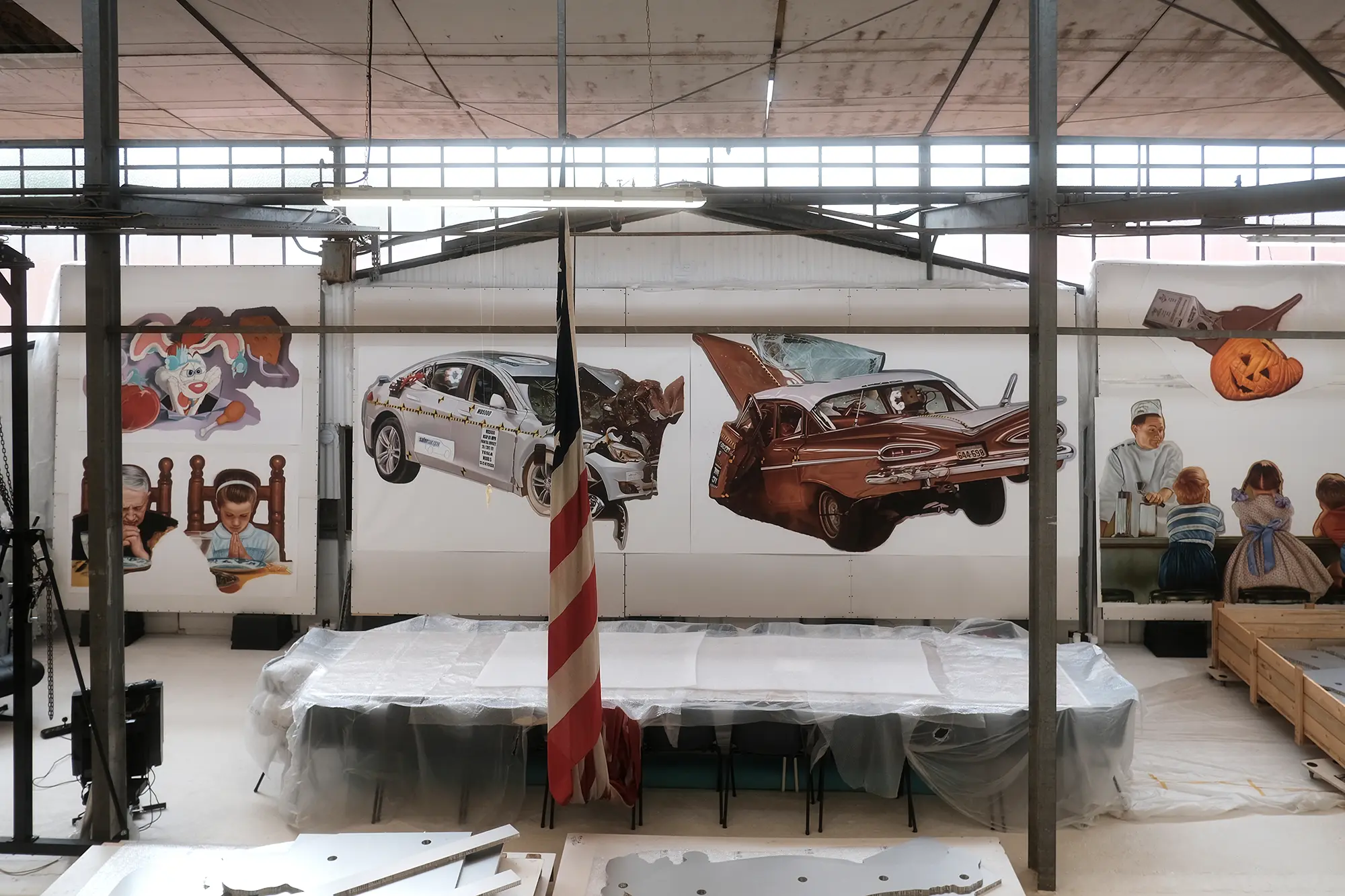
His work grapples with the lasting influence of American cultural exports, critiquing the power they wield in shaping identity both within and beyond U.S. borders.
Installative Works in Focus - ROBIN KID and insights to his studio works
In We Too Have A Job To Do (2023-2024), Kid draws on mid-century American symbols to critique the indoctrination of youth.
The work references Norman Rockwell’s Boy Scout paintings but subverts them with the inclusion of a revolver and an inverted Uncle Sam.

These iconic images, once symbols of innocence and duty, are recontextualized to explore the darker undercurrents of American patriotism and gun culture.
The juxtaposition of Boy Scouts and firearms critiques the way American youth have been historically shaped by both militaristic and consumerist values.
Kid’s composition invites viewers to reflect on how these forces still operate today, using nostalgia to mask deeper social issues.
In It Is New Venom (2023-2024), Kid takes the language of advertising and twists it into something grotesque.
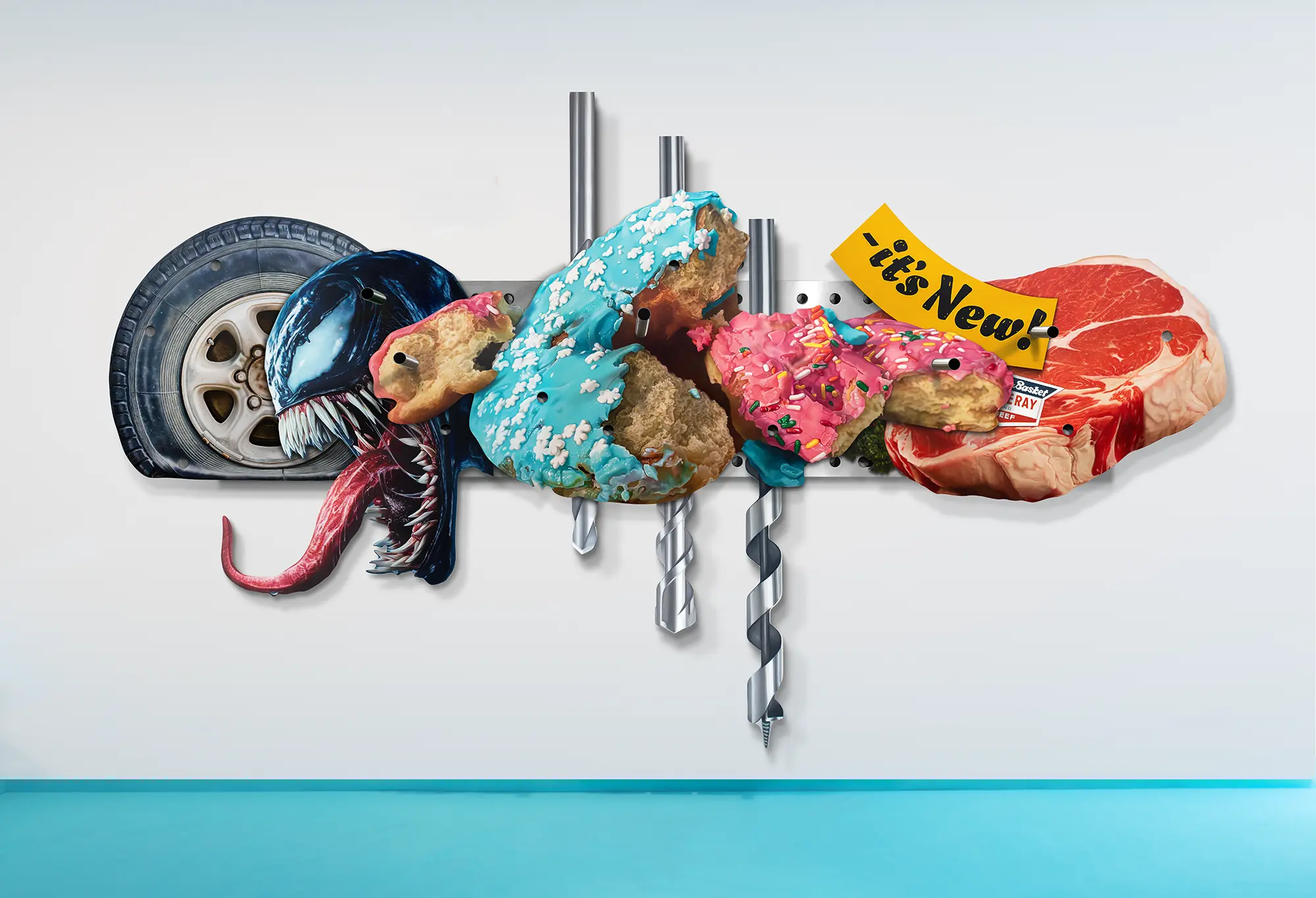
Half-eaten donuts, rendered in exaggerated detail, sit alongside industrial objects like drill bits, critiquing the insatiable appetite of consumer culture. The glossy surfaces of aluminum and steel highlight the artificiality of the objects, transforming them into symbols of a disposable world.
Kid’s use of monumental scale amplifies the absurdity of these everyday items.
The donuts, once comforting and indulgent, become grotesque metaphors for overconsumption. This piece, with its bold, in-your-face imagery, speaks to the relentless cycle of buying and discarding that defines modern life.
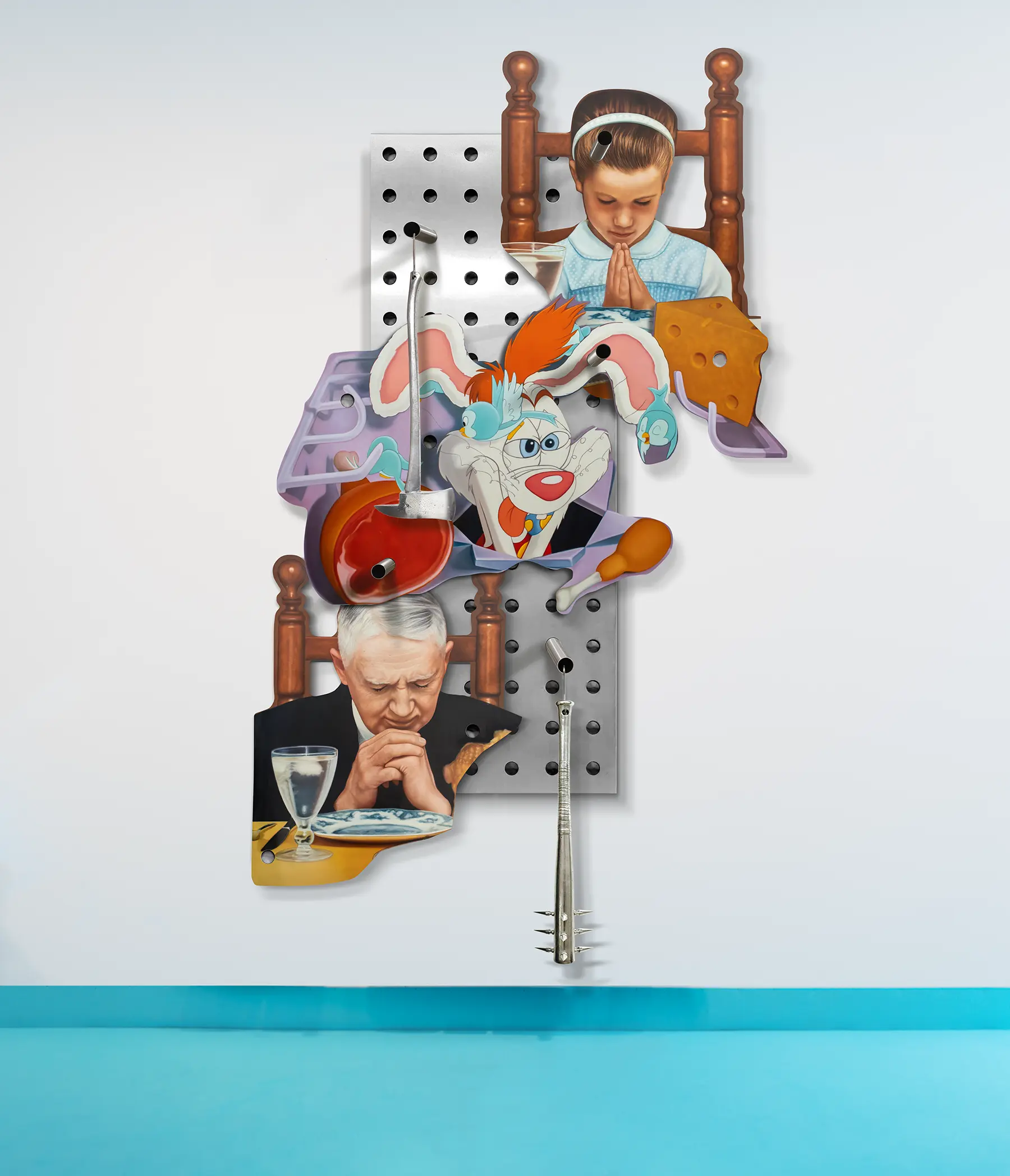
In Thank You Lord for the Bounty We Are About to Receive (2023-2024), Kid explores the intersection of religion and consumerism in America.
The central image of a young girl and a priest in prayer is overshadowed by a refrigerator full of cartoonish food items, including Roger Rabbit and ham. This strange combination suggests how sacred rituals like Thanksgiving have been co-opted by corporate interests.
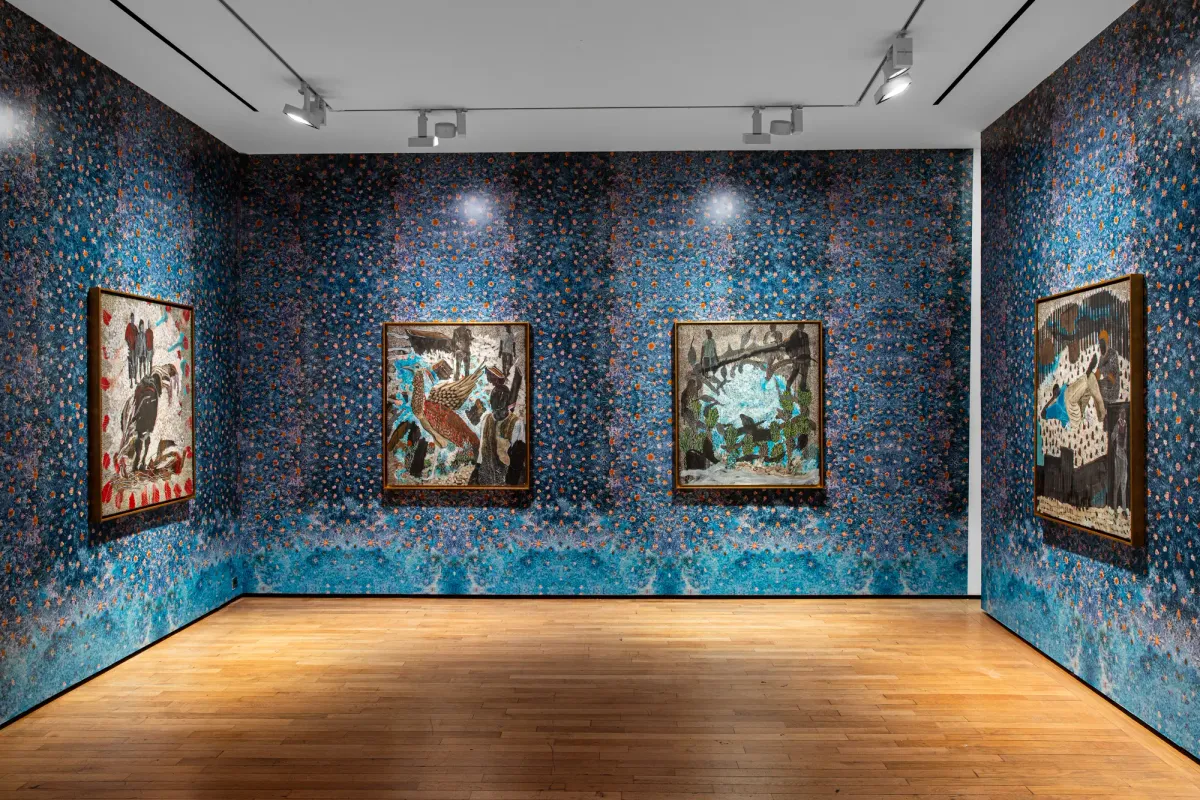
Templon Gallery Paris
Kid’s playful yet biting commentary on the commodification of religious and cultural traditions illustrates how deeply consumerism has infiltrated American life. The refrigerator becomes a symbol of both abundance and excess, where meaning is lost in the relentless drive to consume.
Kid’s Can You Tell Me How to Get to Sesame Street? (2023-2024) places the beloved children’s show in the context of American political unrest.
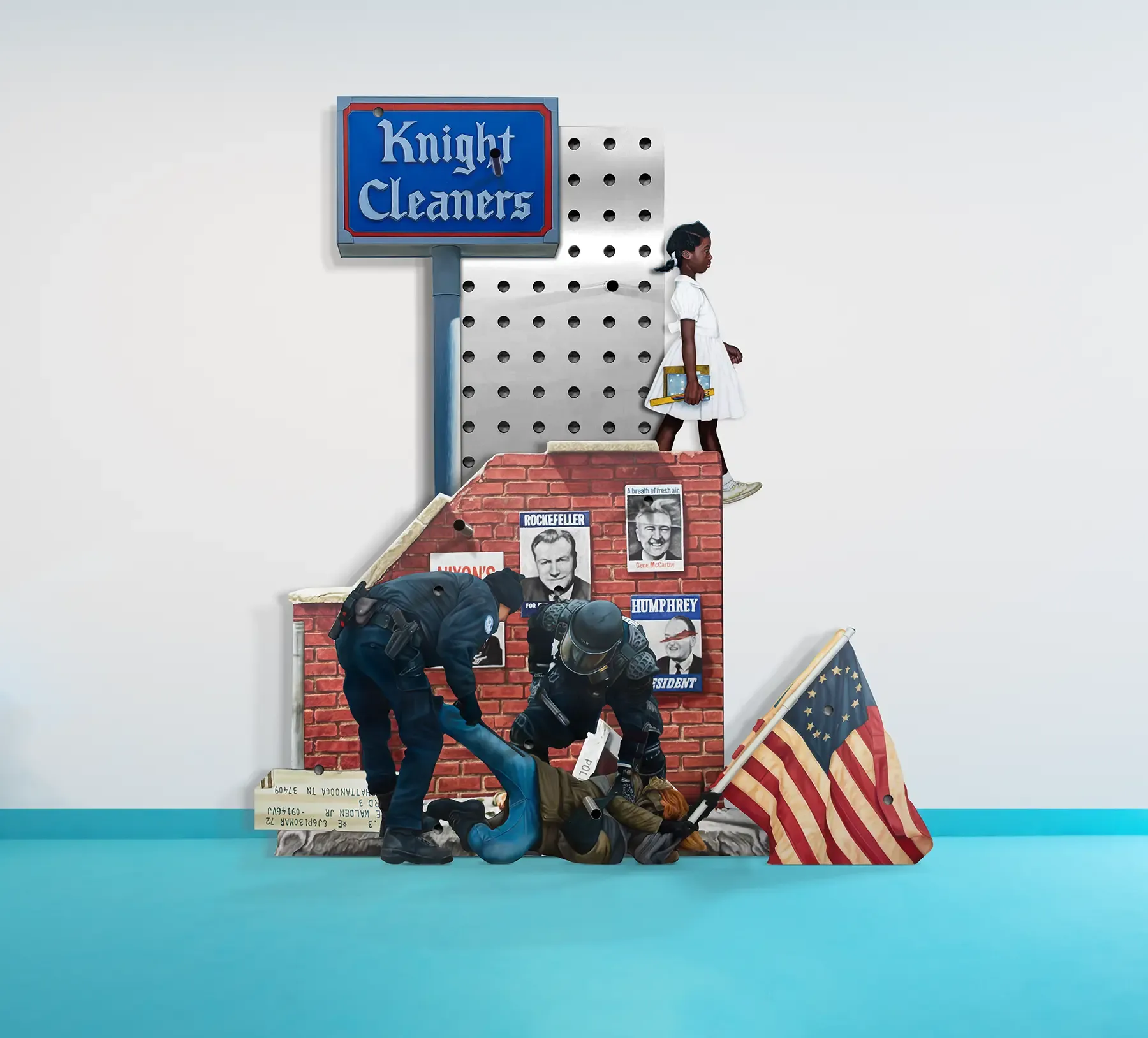
The piece contrasts the utopian ideals of Sesame Street with the violence and division of the January 6th Capitol Riots.
By merging these two seemingly unrelated events, Kid forces the viewer to question how far the country has strayed from its ideals of equality and inclusiveness.
The work’s layered symbolism underscores the contradictions inherent in American society.
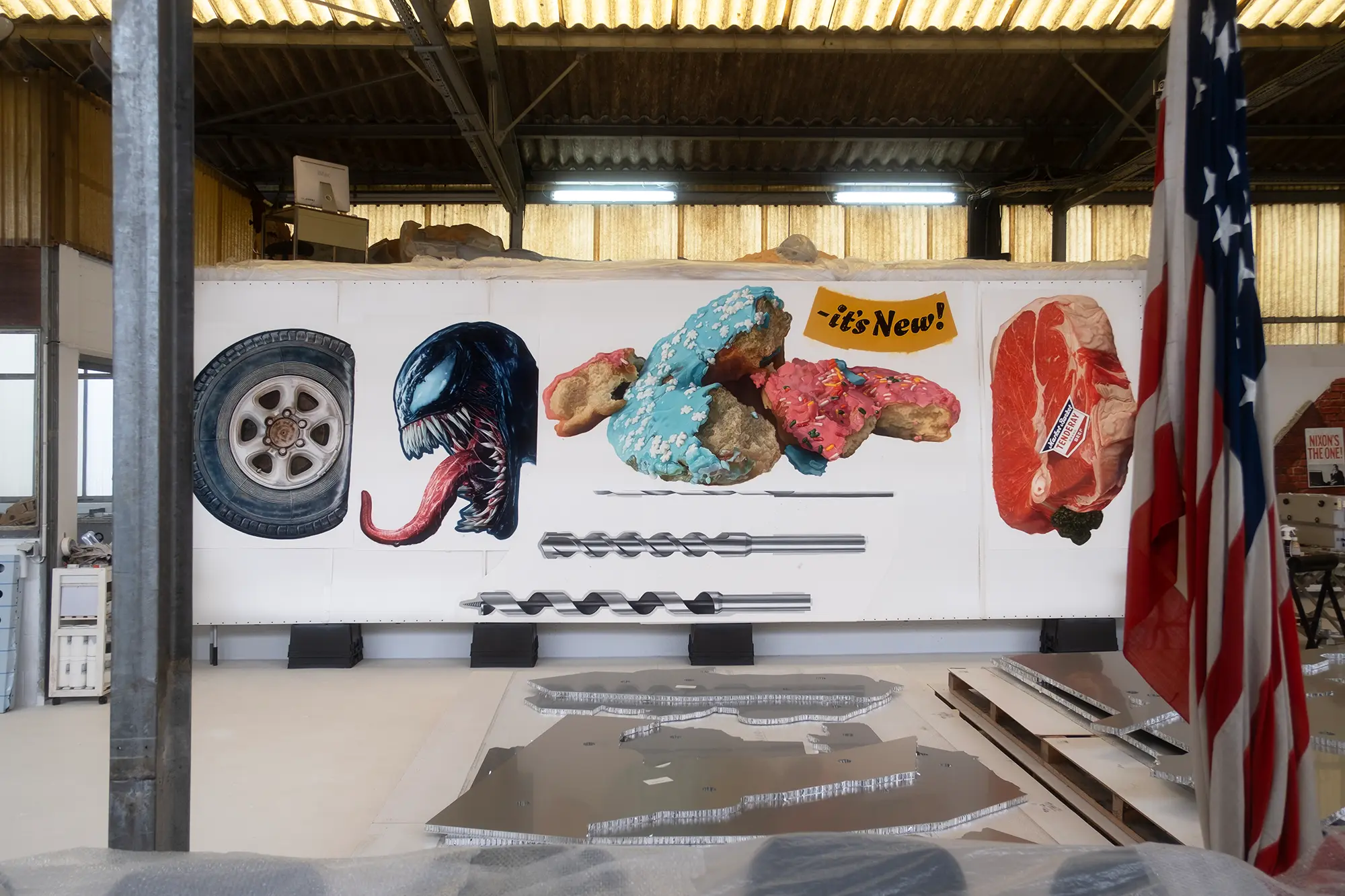
While Sesame Street promoted messages of tolerance and learning, recent events highlight a fractured nation struggling with deep-rooted divisions.
Kid’s composition asks viewers to consider whether those early lessons of inclusion have been forgotten in favor of chaos and conflict.
Final Thoughts:
Kid’s contribution to contemporary art lies in his ability to balance critique with accessibility.
His works are visually arresting, but they also challenge the viewer to think critically about the symbols and icons they engage with daily.

In Searching for America, Kid takes the fragments of American culture—advertising, television, political propaganda—and reassembles them into a striking, often unsettling portrait of a nation caught between myth and reality.

Follow ROBIN KID and Gallery Templon on Instagram for updates on exciting upcoming projects and exhibitions.
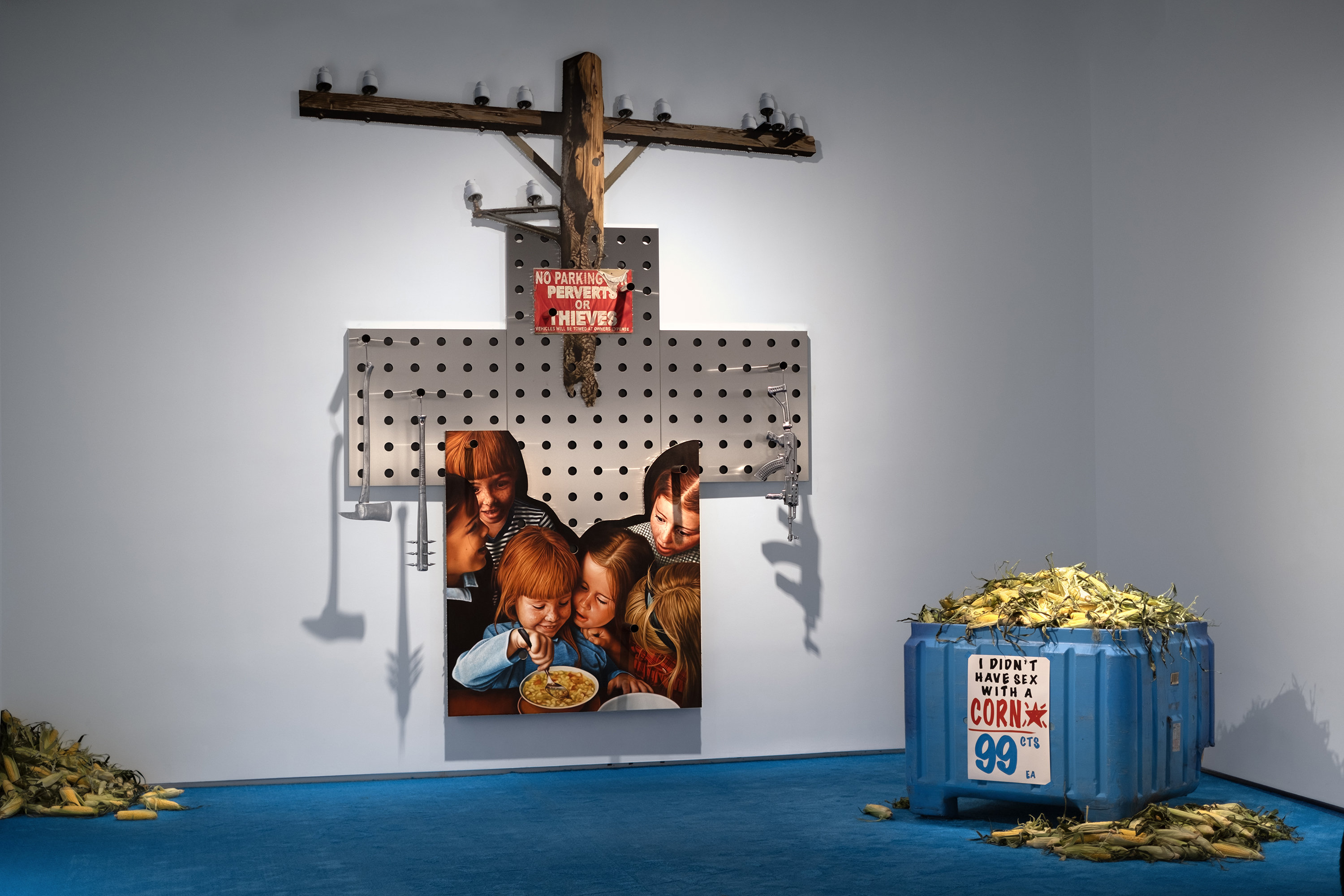
Templon Gallery - ROBIN KID
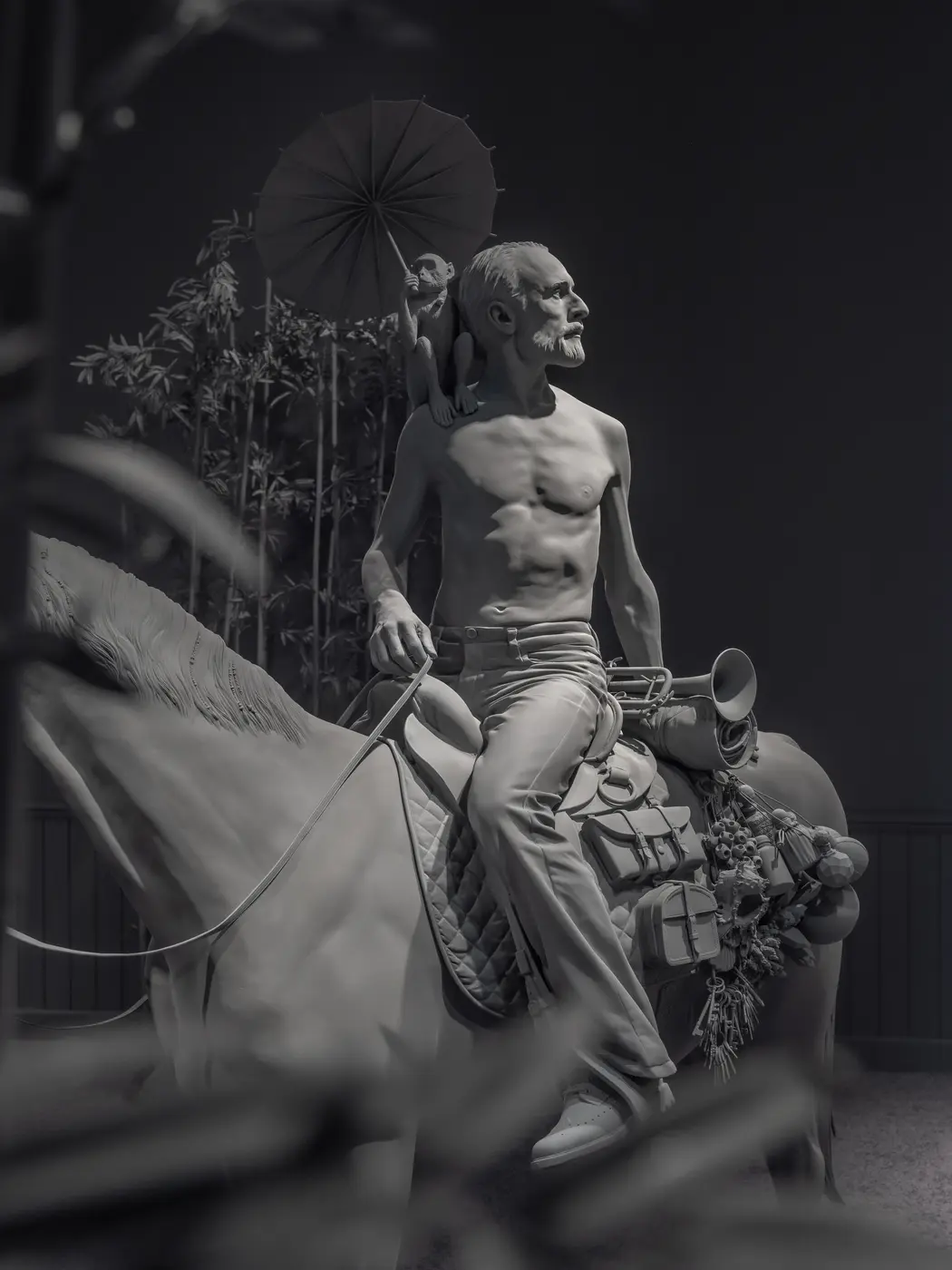
Currently on view -> Templon Gallery New York





